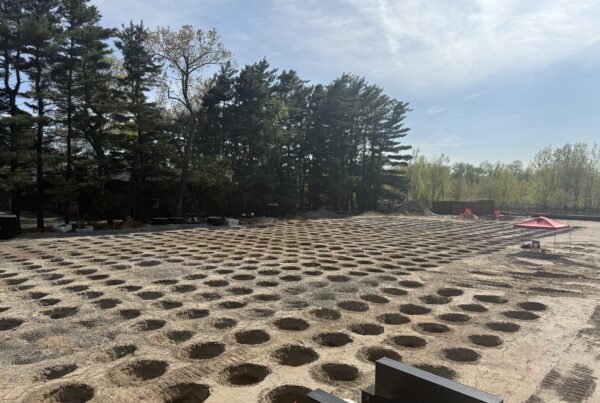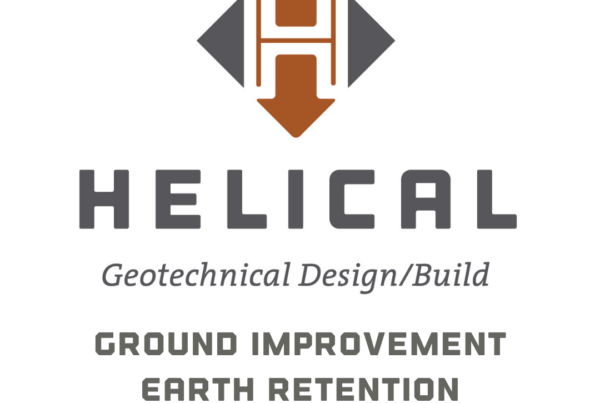A common question we receive from our engineer and builder partners is “How much does ground improvement cost, you know, just roughly?”. As my good friend and mentor Jim Wheeler would sometimes quip “How much does it cost to build a building?”. Jim’s response was rhetorical of course, but his point is well taken. Understanding what something costs begins with evaluating some basic, project-specific cost drivers in order to help establish meaningful, representative budgeting… even if it’s “you know, just roughly”.
The primary cost drivers for ground improvement are:
- Geotechnical Conditions
- Structural Loading Demand
- Proposed vs. Existing Grading
Let’s take a closer look at each of these factors:
Geotechnical Conditions
Geotechnical conditions include the soil consistency, density, and depth. Geotechnical conditions influence the types of ground improvement (GI) elements that are feasible, the GI element stiffness/capacity, and the element depths- all of which are cost drivers in ground improvement pricing.
Thus, the same structure built on different sites (each with unique geotechnical conditions) can have drastically different ground improvement costs. For example, a six-story structure built on 10 feet of uncontrolled granular fill will likely require relatively short Rammed Aggregate Pier (RAP) elements. The same six-story structure built on 40 feet of uncontrolled granular fill and thick, compressible organics will likely require rigid inclusions such as grouted RAPs (GAPs) or GeoConcrete® Columns (GCCs). The GI costs will be much lower for the first site than for the second site even though it’s the same building.
Structural Loading Demand
Conversely, different structures constructed over the same soil profile can have varying ground improvement costs. Structural demand, including column, wall, and slab loads contribute to ground improvement demand and associated costs. For example, a one-story retail building with 100-kip column loads puts much less demand on the underlying soils than a 10-story office building with 1,000-kip column loads. The 10-story building will have a much higher element concentration (and associated costs) than the one-story building, even though the soil conditions are the same.
Proposed vs. Existing Grading
Changes to existing grading are perhaps the most overlooked cost driver but can actually have an enormous impact on GI costs. The load demand placed on GI elements is not only a function of the proposed structural loads; the elements and surrounding matrix soils “feel” any and all new loading, including overburden weight imparted by grade-raise-fill (GRF). For example, if existing grade (and GI Working Platform elevation) is El. 10 feet and the finish floor elevation is El. 15 feet, then the GI design needs to account for the extra 4-5 feet of GRF, in addition to the column, wall and slab loads.
For general information on ground improvement, please visit our ground improvement landing page at helicaldrilling.com/expertise/ground-improvement.Certainly please feel free to contact me directly on my mobile at 781-389-6815 or by email at dsimpson@helicaldrilling.com for anything further on ground improvement cost drivers…or anything related to geotechnical design-build construction! As we described in our October Brief, we are happy to provide complimentary project reviews with some basic information.



